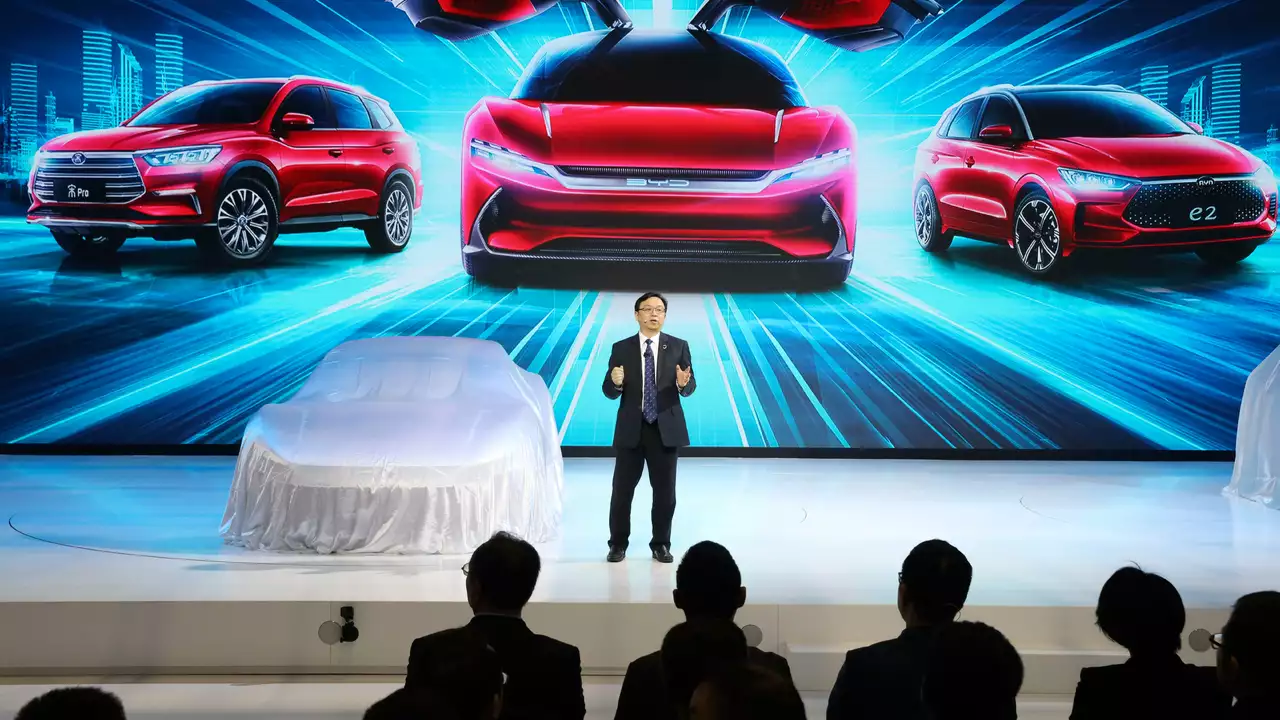
The Fight for the Crown: Luxury vs. Volume
Oh, the age-old debate! Which is considered a bigger prize for a carmaker? Producing luxury cars or churning out vehicles in high volume? A Rolls-Royce Phantom or a Toyota Corolla? It’s like comparing apples and oranges, isn't it? Well, let’s get digging!
Both luxury and high-volume segments offer their unique challenges and opportunities, and it's difficult to say which one is more prestigious or important for carmakers. Each segment carries a different kind of charm and caters to a completely different demographic. Just like how there are different strokes for different folks, there are luxurious chariots for the wealthy and economical cars for the masses. And carmakers play both fields, determined to grab that ever-elusive shiny prize of success.
But I remember a time when I visited a classy car showroom in downtown Sydney. It was all polished marble, crystal chandeliers, and the seductive whiff of fresh leather. In this cathedral of capitalism, beautiful beasts like Lamborghinis, Aston Martins, and Bentleys sat, daring me to imagine a life within their plush confines. Here's the thing, I felt like a winner. There's a psychological factor associated with luxury cars that makes you crave that taste of the good life. Ah, the magic of luxury!
Pros and Cons of Making Luxury Cars
Luxury cars, as I said, have a charm of their own. They’re like those exclusive nightclubs with a two-mile-long queue. You might not get in, but you like the idea of it. Carmakers, too, lust after that prestige that comes with producing top-tier luxury vehicles.
But it's not all glitz and glamour. Oh no, sir. The luxury car market is a hard nut to crack. It requires a profound understanding of the market, solid brand equity, and enormous investment. While the profit margins are much wider in the luxury segment, the sales volume is significantly lower. You need killer style, unprecedented comfort, top-notch technology, and a brand name that screams wealth to make a mark.
And then there's the challenge of keeping that exclusivity intact. Too many models or high production volume, and the appeal begins to fade away. It's like waiting for a table at a popular restaurant. The food might be divine, but if the queue is longer than the Great Wall of China, the charm starts to crumble.
Well, you say, why not just increase the production then? Oh dear friend, the risk of diluting the brand's exclusivity is real. Super luxury carmakers, like Bugatti and Koenigsegg, often limit their production to maintain that all-important ‘exclusivity’ factor.
Perks and Pains of High-Volume Cars
On the flip side, we have high-volume cars or as I like to call them, ‘the salt of the Earth’. These are the workhorses of the automobile industry, running day-in, day-out, serving their masters faithfully. Carmakers who tap into this segment aim to address a broader market base. The battle here is tough, But hey, no pain, no gain, right?
I remember my first car, a trusty old Ford Fiesta. She was no supermodel, but boy was she reliable! Served me faithfully through college, numerous road trips, and even a couple of disastrous dates. With high-volume cars, it’s not about luxury or grandeur, but utility, affordability, and reliability. The competition in this market, let's just say, is ferocious! Brand loyalty, cost, fuel efficiency, safety, and maintenance are some of the factors pretty much every customer looks at.
While the profit margin on each vehicle is quite slim, the overall sales volume is high. But every silver lining has a cloud. High volume also means high production, logistical, and maintenance cost. There is a strong demand for continuous innovation in terms of fuel efficiency, technology, and design as well. It's like being in a marathon with shifting finish lines.
Hybrid Approach: Luxury in Volume
And then we have those brave-hearted carmakers who strive for the best of both worlds. I’m talking about luxury in volume. Brands like Mercedes-Benz, Audi and BMW have carved out a niche for themselves where they offer luxury vehicles in a high-volume market.
In order to make it work, they’ve expanded their product range and thus have managed to stay both desirable and accessible. They’ve created a spectrum, catering to consumers seeking an entry-level luxury car to those looking for top of the line luxury.
But it's a delicate balance. Too downmarket, and you risk diluting the luxury promise of your brand. Too upmarket, and you lose out on volumes. Mercedes’ A-Class models and BMW's 1 Series are good examples of this strategy.
Summing Up: Which Cup of Tea?
So, coming back to our original question: which is considered a bigger prize for a carmaker?
I'd say it depends on your cup of tea. If you prefer a hefty sum fetched by a single piece, you'd lean towards luxury. If you like countless dimes trickling down to form a river, high-volume is your game.
At the end of the day, it's not about the segments. It's about the buyer's perception, carmaker's reputation, and how well the company navigates the volatile seas of the market. Every approach has its merits and challenges. Whether you're making diamond-studded hypercars or sturdy people carriers, all that matters is your passion for the craft and your customers' satisfaction.
And for those in doubt, try the hybrid approach. After all, you never know what mixture might brew the perfect cup of tea for your taste!